Just over a year ago, in November 2019, anti-government protests took place in cities and towns across Iran. Iran’s Interior Minister, Abdolreza Rahmani Fazli, disparaged the numbers on state television.
“Overall between 150,000 and 200,000people took part in the protests,” he said. “The population of Iran is more than 82 million. Clearly, the protesters don’t represent the nation.” (Incidentally, we STILL don’t know how many protestors were killed. Reuters news agency estimates around 1,500. The Chairman of the National Security Commission, Mojtaba Zulnour, calls it 230 including six security agents.)
Whether they represented the nation or not, I am sure the minister and his fellow politicians know the protestors are just a tiny fraction of the legions who loathe the current regime and want it gone. History suggests they should be worried.
In his book The Unthinkable Revolution, Charles Kurzman documents how it took only 18 months in 1978/9 for ten percent of Iran’s population (at the time 35 million) to join the movement that overthrew the Shah. By the time Mohammed Reza Pahlavi left Tehran for Cairo, the chant “Death to the Shah” was echoing the length and breadth of the country, from the Persian Gulf to the Caspian Sea.
Abbas Milani, the Stanford historian and Pahlavi biographer, points out in The Shah that the great revolutions of the past two and a half centuries, including the French and Russian Revolutions, saw the old power structures overthrown by between 9 and 12 percent of the population.
So, back to the protests of November 2019.
Over three days, let’s say a quarter of a million people in 29 provinces and 180 provincial towns took to the streets, calling for an end to our corrupt theocracy.
What might have happened had that number doubled or tripled in size, and the international community had joined in, putting real pressure on the government over its appalling human rights record? Perhaps the principal despot, Ali Khamenei, might have been forced into exile and we Iranians could have embarked on a project of real reform (that said, where would Khamenei go? I can’t think of a single country that would shelter him, let alone his family and their sycophantic hangers-on). But enough wishful thinking.
Clearly, an organized minority can overcome a majority, especially one that is weakened by corruption, infighting and decadence. It’s been done before in several places including right here at home.
Minister Abdolreza Rahmani Fazli might belittle the number of protestors who hit the streets last year (and – may I remind him – in 2018, and 2017 too?) but he knows they constitute the tip of a very dangerous iceberg.
Sooner or later, this regime is doomed. All it takes is ten percent.
visit the accountability section
In this section of Iran Wire, you can contact the officials and launch your campaign for various problems




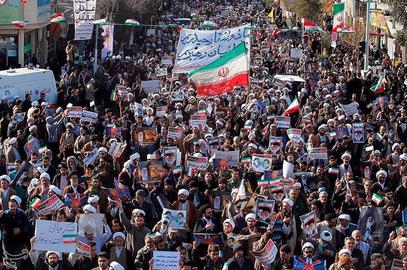



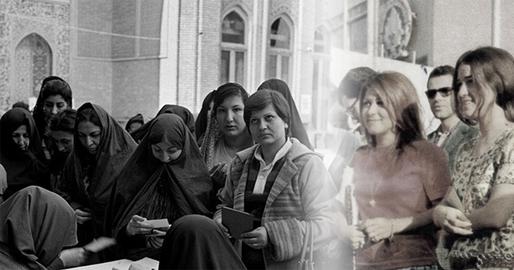

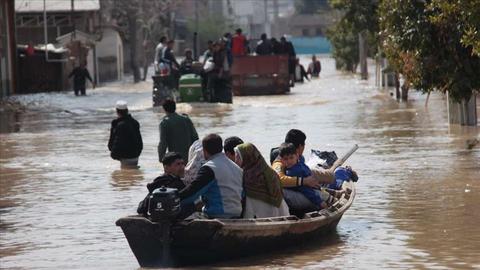
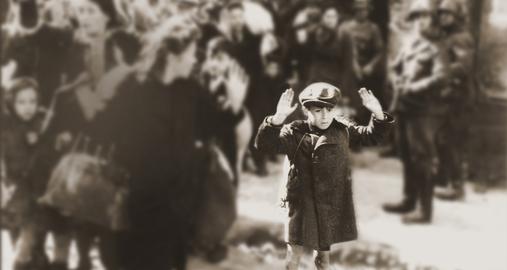
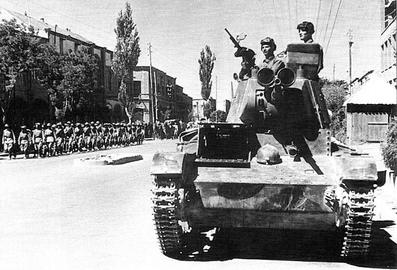
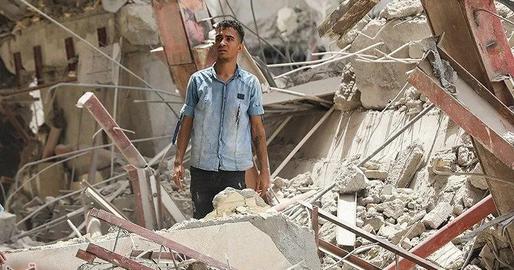






comments